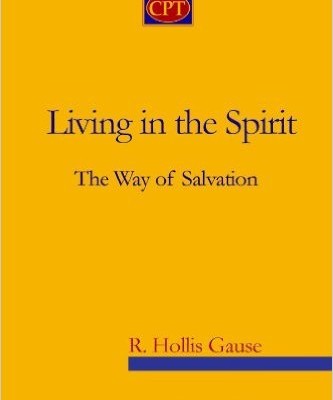Click to join the conversation with over 500,000 Pentecostal believers and scholars
Click to get our FREE MOBILE APP and stay connected
| PentecostalTheology.com



In some translations, the second half of the verse is placed outside the quotation mark, while in other translations it is included inside the quotation mark.
For example:
English Standard Version
it was granted her to clothe herself with fine linen, bright and pure”— for the fine linen is the righteous deeds of the saints.
Berean Standard Bible
She was given clothing of fine linen, bright and pure.” For the fine linen she wears is the righteous acts of the saints.
Berean Literal Bible
And it was given to her that she should be clothed in bright, pure, fine linen." For the fine linen is the righteous acts of the saints.
Comparing to:
King James Bible
And to her was granted that she should be arrayed in fine linen, clean and white: for the fine linen is the righteousness of saints.
New King James Version
And to her it was granted to be arrayed in fine linen, clean and bright, for the fine linen is the righteous acts of the saints.
New American Standard Bible
It was given to her to clothe herself in fine linen, bright and clean; for the fine linen is the righteous acts of the saints.**
My question is: if this half-verse is to be accounted outside the quotation mark, whose voice (or view) could this second half-verse belong to? The angel’s? Or John’s? As is common in Revelation, there are many different voices appearing on stage; is studying the voices significant in understanding this book?
Meanwhile, could the following verses (Revelation 19:9, 10) be understood as a gentle correction from the angel to John, if verse 8b was indeed John’s voice?
And what does the original Greek version say?




Most Talked About Today